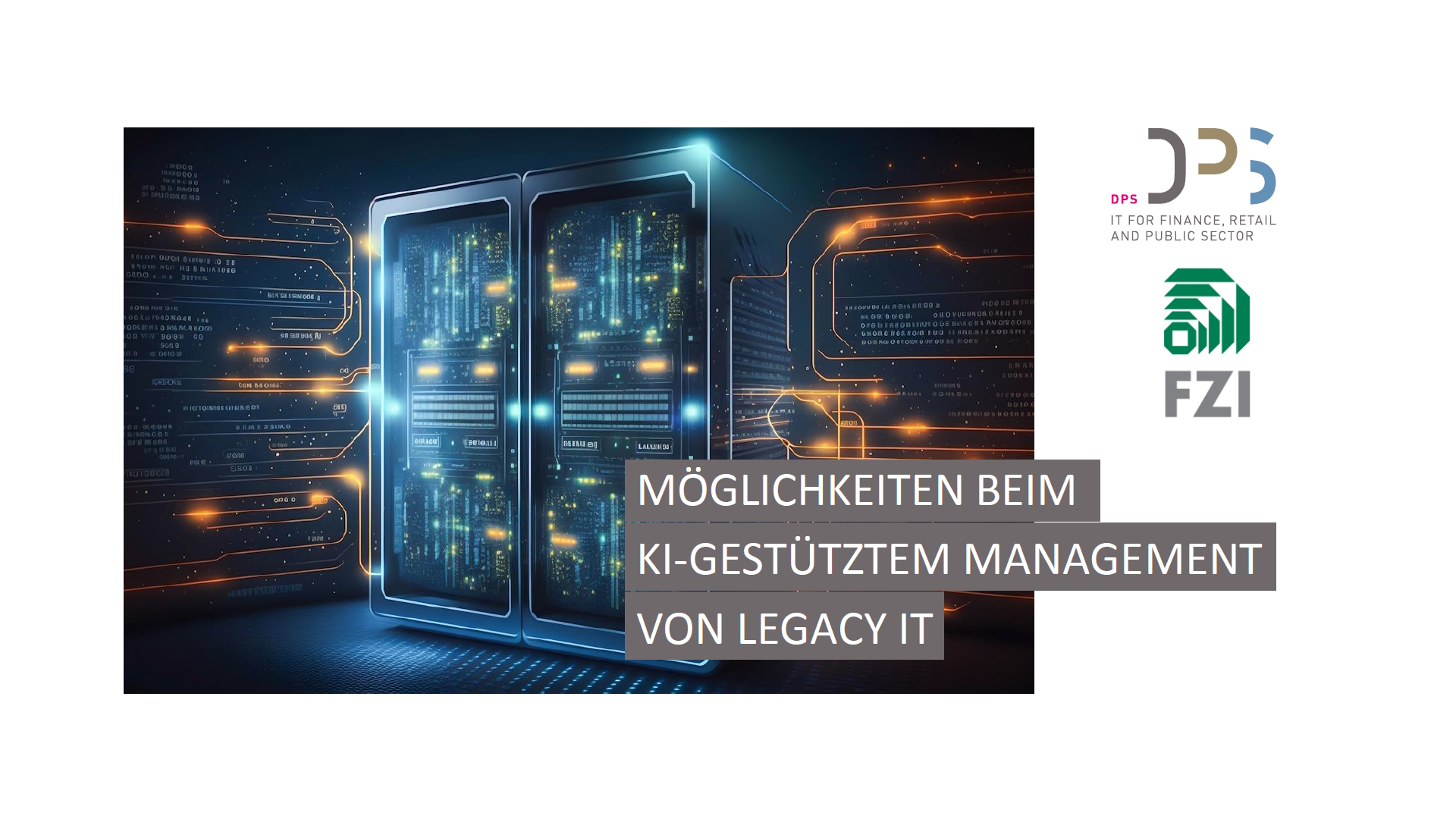The IT landscapes of large organisations with a longer history are characterised by legacy IT. Technologically speaking, this means:
- Operation of IBM Mainframe or BS2000 systems
- Development of applications in obsolete programming languages such as COBOL, PL1 or Assembler
- Use of databases such as DB2 or IMS DB
- Architectures based on transaction systems such as IMS TM or CICS
Legacy IT brings challenges for an innovation-oriented IT strategy:
- Development resources are hard to find on the European market. Near- and offshore concepts often fail due to language barriers.
- Application monoliths are contrary to a modern Microsoft service-oriented architecture. This complicates the use of agile development methods and DevOps strategies
- The user experience does not meet the expectations of younger employees.
DPS has more than 20 years of experience in transforming legacy IT into modern application architectures. DPS does not limit itself to the recommendation to rebuild legacy applications on a greenfield site. Prudent strategies that lead to successful projects pursue differentiated approaches.
DPS’s experience includes approximately:
- The integration of legacy components into modern IT architectures
- Refactoring legacy applications through simplification, standardisation and clear documentation
- The migration of legacy software to modern platforms or the cloud
- The temporary continued operation of Sunset applications within the framework of Managed Services
In its more than 30-year history, DPS has preserved and expanded its knowledge of legacy technologies and has its own German-speaking development resources in this environment.
Successful legacy refurbishment projects can be designed by combining professional and technical expertise.











